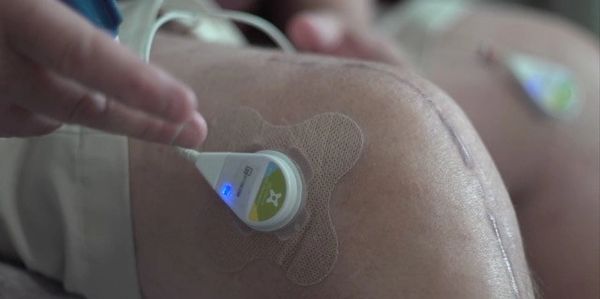VIRUS UPDATE-Now Available to Ship Directly to Your Home
New noninvasive treatments are available for soldier and veteran pain
Arthritis Veteran Benefits
Exercise and Physical Therapy (low risk & recommended)
Exercise and Physical Therapy (low risk & recommended)
Exercise and Physical Therapy (low risk & recommended)
Low-impact physical activities such as walking, biking, swimming, and water aerobics are all good non-drug ways to ease arthritis pain and safe for most adults.
Physical Therapy is available at all military health centers and for Veterans to build muscle strength and joint mobilization. This may not provide sufficient pain relief but is a good first option.
Pain Medication and Joint Injections (moderate risk)
Exercise and Physical Therapy (low risk & recommended)
Exercise and Physical Therapy (low risk & recommended)
A broad variety of prescription and non-prescription drugs are available to veterans with arthritis pain. Unfortunately, most of these treatment options have heart and stomach risks for veterans. A full list of medication options is provided at the link below by the arthritis foundation.
Veterans & Soldiers may choose joint injections for the treatment of arthritis pain. The injection may provide relief for up to 6 months.
Wearable Ultrasound Treatment (low risk & recommended)
Wearable Ultrasound Treatment (low risk & recommended)
Wearable Ultrasound Treatment (low risk & recommended)

Veteran & Soldier applied wearable ultrasound treatment is a non-invasive daily treatment option for arthritis pain. Ultrasound therapy is applied through a patch to the joint during normal daily activity. The treatment reduces pain and increases circulation to the affected joint.
The use of wearable ultrasound treatment is usually recommend immediately before or after surgery due to its healing benefits. This treatment option my be discussed with your healthcare provider by the Veteran or active duty solider before the use of pain medication and joint injections.
Surgery and Joint Replacement (high risk)
Wearable Ultrasound Treatment (low risk & recommended)
Wearable Ultrasound Treatment (low risk & recommended)
Minimally invasive surgery is not often used to treat arthritis anymore. In some cases surgery may be recommended to treat the cartilage defects in the joint to reduce the inflammatory response and pain.
Numerous joint replacement options are available to Veterans and Soldiers as the last option for treating arthritis. Joint replacement surgery has been reduced in complexity over the last decade and can provide pain relief, increase range of motion, and improve joint function. Artificial joints last for approximately 10 to 20 years before requiring replacement.
Copyright © 2017-2020 Veteran & Soldier Health Options for Arthritis Treatment - All Rights Reserved.




